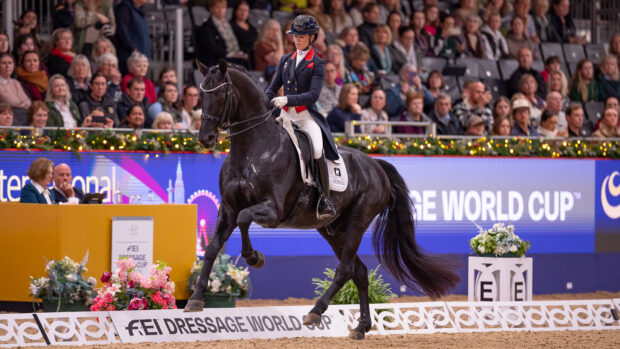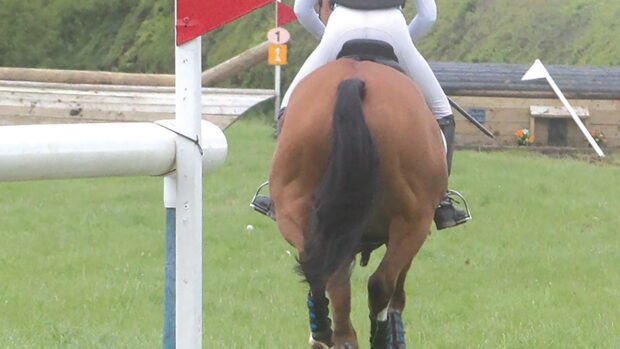A physiologist is calling for a recognised standard for horse boots, saying they should have a protection rating similar to riders’ hats and body protectors.
Dr David Marlin, former head of physiology at the Animal Health Trust (AHT), runs a consulting business and has previously undertaken a study into the effectiveness of equine leg wear.
Ten years ago, he was commissioned by a tack company to do a study on horse boots that revealed a wide variation in standards, with some boots not “fit for purpose”.
The investigation prompted a meeting with manufacturers to discuss introducing a protection rating. Dr Marlin believes that a decade on, something should be done.
“I studied a lot of top-name boots, some quite good and some were very poor,” he said. “The worst I saw was piece of plastic drainpipe roughly cut with a pair of industrial scissors to use as a tendon protector — there’s always the risk if a material isn’t appropriate and it splits, it could cut into a tendon.
“Ten years on, when you buy a pair of boots for your horse you probably still don’t know, when your horse does over-reach or does interfere or does hit a jump, how well those boots are going to perform.
“My position is clear. There should be a recognised standard and in affiliated competitions and if a horse is wearing boots then these should only be ones which meet the standard; same as for hats and body protectors for riders.”
Dr Marlin acknowledges that there are multiple requirements for boots and that some performed well in some areas but not in others.
While strips of metal might be used to guard against penetrating injuries — such as a hind hoof striking a tendon in front — horses also needed protection from concussion.
As heat can drive inflammation, non-insulating boots with good airflow were preferable. Absorbency was also an issue, as the heavier a boot becomes — either through taking on water or featuring heavy-duty protection — the more it was likely to affect a horse’s action.
“What I wouldn’t want is manufacturers having to produce boots which are overkill,” Dr Marlin cautioned. “The higher the level of protection the more expensive, heavier and insulating they might be. It’s really about ensuring a dressage boot is at the level that’s appropriate for dressage and an eventing boot at the level that’s appropriate for eventing.”
He added that there is plenty of good information available about the forces horses endure when competing, especially cross-country.
“We know how hard horses hit fences, we know how hard an over reach is likely to be, so it’s possible to say that a boot for cross-country should be able to withstand a cutting force of x or should be able to absorb or dissipate 40% of concussion.
“We have some very good biomechanics people in this country and this is the kind of task where a small working party could easily come up with the requirements. Then owners would know what they were buying and what level of protection it offered. If we had better standards, we should be able reduce the amount of injuries long term.”

FEI change hind boot rules to ensure “fair and equal” conditions
New rules for FEI showjumping regarding horse boots

Ask H&H: protective boots for barefoot horse
Finding the best boots to protect your horse's
Dr Marlin believes the costs of the study would not be prohibitive for manufacturers and could benefit them in the long run.
“If you took a single boot you’re talking a couple of hundred pounds, so if a manufacturer sold three or four pairs they could cover the cost of testing,” he said. “I think it would benefit reputable manufacturers who would probably see a greater share of the market.”
For all the latest news analysis, competition reports, interviews, features and much more, don’t miss Horse & Hound magazine, on sale every Thursday.




